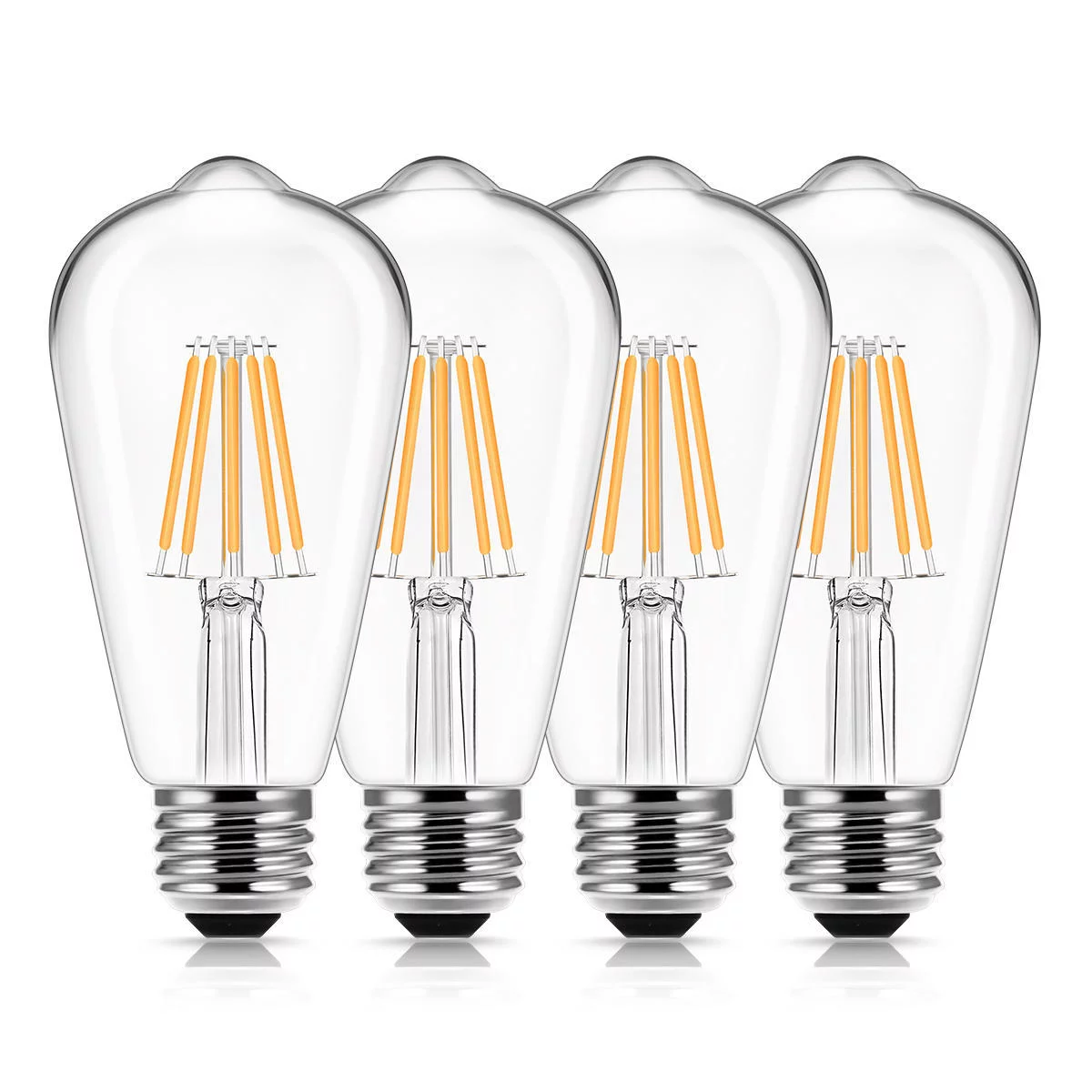

Articles
What LED Bulb Is Equivalent To 60 Watts
Modified: August 20, 2024
Discover the best articles on what led bulb is equivalent to 60 watt. Find out everything you need to know about finding the right LED bulb for your needs.
(Many of the links in this article redirect to a specific reviewed product. Your purchase of these products through affiliate links helps to generate commission for Storables.com, at no extra cost. Learn more)
Introduction
Welcome to the world of lighting technology, where the traditional incandescent bulbs are being replaced by more energy-efficient alternatives. One of the most popular choices for modern lighting is the LED bulb. LED stands for Light Emitting Diode and it offers several benefits over traditional bulbs, including longer lifespan and lower energy consumption.
When it comes to selecting the right LED bulb, one question that often arises is: What LED bulb is equivalent to a 60-watt incandescent bulb? In the past, wattage was the primary factor used to determine the brightness of a bulb. However, with the advent of LED technology, the wattage alone is no longer a reliable indicator of brightness.
In this article, we will delve into the concept of wattage, the energy efficiency of LED bulbs, the measurement of brightness in lumens, and provide guidance on how to choose the right LED bulb equivalent to a 60-watt incandescent bulb.
So, if you’re ready to shed some light on this topic, let’s dive in!
Key Takeaways:
- LED bulbs are more energy-efficient than incandescent bulbs, with lumens being the accurate measure of brightness. Look for LED bulbs labeled as “60-watt equivalent” or with a lumen output of around 800 lumens to match the brightness of a 60-watt incandescent bulb.
- When choosing LED bulbs, consider factors such as color temperature, dimmability, beam angle, energy efficiency, brand reputation, compatibility, and budget. LED bulbs offer a sustainable and cost-effective lighting solution, contributing to a greener future while providing high-quality lighting.
Read more: What LED Bulb Is Equivalent To 25 Watts
Understanding Wattage and Brightness
Wattage has long been used as a measure of the power consumption of light bulbs. It refers to the amount of energy required to produce light. In the past, people would associate higher wattage bulbs with brighter light. For example, a 100-watt incandescent bulb was considered brighter than a 60-watt bulb.
However, with the introduction of LED technology, wattage is no longer the sole indicator of brightness. LED bulbs are much more energy-efficient than incandescent bulbs, meaning that they can produce the same amount of light using significantly lower wattages.
To measure the actual brightness of a light bulb, we need to look beyond wattage and consider a different unit of measurement: lumens. Lumens is the standardized measure of the total amount of visible light emitted by a light source. The higher the lumen value, the brighter the light.
For example, a 60-watt incandescent bulb typically produces around 800 lumens of brightness. To achieve the same level of brightness using LED technology, you would need to find an LED bulb with an equivalent lumen output.
It’s important to note that while wattage is still displayed on the packaging of LED bulbs, it should not be solely relied upon to determine the brightness. Instead, focus on the lumen value as the accurate measurement of light output.
Now that we have a better understanding of wattage and brightness, let’s explore the energy efficiency benefits of LED bulbs.
Energy Efficiency of LED Bulbs
One of the key advantages of LED bulbs is their high energy efficiency. Compared to traditional incandescent bulbs, LED bulbs consume significantly less energy to produce the same amount of light. This energy efficiency has numerous benefits, both for the environment and your wallet.
LED bulbs use a fraction of the energy that incandescent bulbs do. While a 60-watt incandescent bulb may consume 60 watts of electricity, an LED bulb with an equivalent brightness may only use 8-10 watts. This means that LED bulbs can reduce your energy consumption by up to 80%!
Lower energy consumption translates to lower electricity bills. Over time, the savings from using LED bulbs can be substantial, offsetting the slightly higher upfront cost of LED bulbs compared to traditional bulbs. LED bulbs also have a longer lifespan, often lasting 10 times longer than incandescent bulbs. This further contributes to their cost-effectiveness and helps reduce waste by decreasing the need for frequent bulb replacements.
Another environmental benefit of LED bulbs is their reduced carbon footprint. By using less energy, LED bulbs produce fewer greenhouse gas emissions compared to incandescent bulbs. This helps to mitigate climate change and promote a more sustainable future.
Furthermore, LED bulbs do not contain hazardous materials like mercury. This makes them safer to use and easier to dispose of responsibly at the end of their lifespan.
In summary, the energy efficiency of LED bulbs is a major advantage. They consume significantly less energy, resulting in lower electricity bills, reduced carbon emissions, and a longer lifespan. Investing in LED bulbs is not only beneficial for your finances but also for the environment.
Now that we understand the energy efficiency benefits of LED bulbs, let’s explore lumens, the measurement of brightness, and how to choose the right LED bulb equivalent to a 60-watt incandescent bulb.
Lumens: The Measurement of Brightness
When it comes to choosing the right LED bulb equivalent to a 60-watt incandescent bulb, understanding lumens is crucial. Lumens are the standardized unit of measurement for brightness. They provide an accurate representation of how much light is emitted by a bulb, regardless of its wattage.
In the past, we relied on wattage as an indicator of brightness. However, with the introduction of energy-efficient LED bulbs, wattage is no longer a reliable measurement. LED bulbs can produce the same amount of light or even more brightness while using significantly fewer watts.
So, how many lumens are equivalent to a 60-watt incandescent bulb? On average, a 60-watt incandescent bulb produces around 800 lumens of brightness. Therefore, when selecting an LED bulb, look for one that offers a similar lumen output.
LED bulb packaging often includes information about the lumen output, making it easier for consumers to make informed decisions. For example, you may find LED bulbs labeled as “800 lumens” or “60-watt equivalent.” These labels indicate that the LED bulb produces the same level of brightness as a 60-watt incandescent bulb.
It’s worth noting that personal preference plays a role in selecting the right brightness level for your specific needs. If you want a brighter light, you can opt for an LED bulb with a higher lumen output than the 60-watt incandescent bulb equivalent. Conversely, if you prefer a softer and dimmer light, you can choose an LED bulb with a lower lumen output.
In summary, lumens are the standardized unit used to measure the brightness of light bulbs. To find an LED bulb equivalent to a 60-watt incandescent bulb, look for one that offers a similar lumen output of around 800 lumens. Keep in mind that personal preference plays a role in determining the right level of brightness for your desired lighting ambiance.
Now that we understand lumens and their importance in selecting LED bulbs, let’s explore the factors to consider when choosing the right LED bulb equivalent to a 60-watt incandescent bulb.
Look for an LED bulb with around 800 lumens to replace a 60-watt incandescent bulb. Check the packaging for the lumens rating to ensure it provides the equivalent brightness.
Choosing the Right LED Bulb Equivalent to 60-Watt Incandescent
When it comes to choosing the right LED bulb equivalent to a 60-watt incandescent bulb, there are a few factors to consider. These factors will help ensure that you select the appropriate LED bulb that meets your lighting needs and preferences.
1. Lumen Output: As discussed earlier, look for an LED bulb that offers a lumen output of around 800 lumens. This will provide a similar level of brightness as a 60-watt incandescent bulb. Remember, personal preference plays a role, so you can adjust the lumen output based on your desired brightness level.
2. Color Temperature: LED bulbs come in different color temperatures, measured in Kelvins (K). The color temperature determines the “warmth” or “coolness” of the light. For a warmer, more yellowish light that resembles traditional incandescent bulbs, opt for LED bulbs with a color temperature of around 2700K-3000K. For a cooler, whiter light, choose bulbs with a higher color temperature, such as 4000K-5000K.
3. Dimmable Option: If you want the flexibility to adjust the brightness level of your LED bulb, choose a dimmable option. Not all LED bulbs are dimmable, so be sure to check the packaging or product specifications to ensure compatibility with your existing dimmer switch.
4. Beam Angle: Consider the beam angle of the LED bulb, which determines the spread of light. A wider beam angle of around 120 degrees provides a more dispersed light, suitable for general illumination. A narrower beam angle of around 30-40 degrees offers a focused beam, ideal for accent lighting or task lighting.
5. Brand and Quality: Choose LED bulbs from reputable brands known for their quality and reliability. This ensures that you get a durable and long-lasting product that will provide consistent performance over time.
6. Energy Efficiency: Look for LED bulbs that have earned the ENERGY STAR certification. ENERGY STAR certified LED bulbs meet strict energy efficiency standards, ensuring that you get the most energy-saving benefits without sacrificing performance.
By considering these factors, you can narrow down your options and choose the right LED bulb equivalent to a 60-watt incandescent bulb that suits your lighting requirements.
Now that we have covered the factors to consider when selecting LED bulbs, let’s summarize our findings.
Read more: What LED Bulb Is Equivalent To 40 Watts
Factors to Consider When Selecting LED Bulbs
When it comes to selecting LED bulbs, there are several important factors to consider. These factors will help you choose the right LED bulb that meets your lighting needs, preferences, and budget. Let’s take a closer look at these factors:
1. Brightness (Lumens): Consider the desired level of brightness for your space. Look for LED bulbs with a lumen output that matches or exceeds the brightness of the traditional incandescent bulb you are trying to replace.
2. Color Temperature: Decide on the color temperature that suits your preference and the ambiance you want to create. Lower color temperatures (around 2700K-3000K) provide warm, yellowish light, ideal for creating a cozy atmosphere. Higher color temperatures (4000K-5000K) produce cooler, whiter light, suitable for task lighting or areas where a brighter, more natural light is desired.
3. Dimmability: If you want the flexibility to adjust the brightness of your LED bulb, choose a dimmable option. However, note that not all LED bulbs are compatible with dimmer switches, so check the packaging or product details to ensure compatibility.
4. Beam Angle: Consider the beam angle of the LED bulb, which determines the spread of light. A wider beam angle (around 120 degrees) provides a more dispersed light, suitable for general room lighting. A narrower beam angle (around 30-40 degrees) offers a focused beam, ideal for accent lighting or highlighting specific areas.
5. Energy Efficiency: Look for LED bulbs that are energy efficient and have earned the ENERGY STAR certification. ENERGY STAR certified bulbs meet strict efficiency standards, ensuring lower energy consumption and reduced electricity costs. Additionally, energy-efficient bulbs have a positive environmental impact by reducing greenhouse gas emissions.
6. Quality and Brand: Choose LED bulbs from reputable brands known for their quality and reliability. Quality bulbs are more likely to last longer, provide consistent performance, and have better warranties. It’s worth investing in trusted brands to ensure you get a product that meets your expectations.
7. Compatibility: Consider any specific compatibility requirements, such as the type of base (E26, E12, etc.) or the voltage (120V, 220V, etc.) needed for your lighting fixtures. Ensure that the LED bulbs you select are compatible with your existing fixtures to avoid any issues or compatibility concerns.
8. Cost: While LED bulbs are generally more expensive upfront compared to traditional bulbs, consider the long-term cost savings they offer. LED bulbs have a longer lifespan and lower energy consumption, which can result in significant savings on your electricity bills over time. Evaluate your budget and choose LED bulbs that offer a balance between quality and affordability.
By considering these factors, you can make an informed decision when selecting LED bulbs that best suit your needs, preferences, and requirements.
Now that we have explored the factors to consider, let’s conclude our discussion.
Conclusion
Choosing the right LED bulb equivalent to a 60-watt incandescent bulb requires a shift in focus from wattage to lumens. LED bulbs provide energy-efficient lighting solutions that offer numerous benefits in terms of lifespan, cost savings, and environmental impact. By understanding the concepts of wattage, lumens, and the factors to consider when selecting LED bulbs, you can make an informed decision that meets your lighting needs and preferences.
Remember, when selecting an LED bulb, pay attention to the lumen output to ensure you get the desired level of brightness. Look for LED bulbs labeled as “60-watt equivalent” or with a lumen output of around 800 lumens to match the brightness of a 60-watt incandescent bulb. Additionally, consider the color temperature, dimmability, beam angle, energy efficiency, brand reputation, compatibility, and your budget when making your selection.
LED bulbs offer a more sustainable and cost-effective lighting solution compared to traditional incandescent bulbs. Their lower energy consumption, longer lifespan, and reduced environmental impact make them an ideal choice for both residential and commercial applications. While the upfront cost of LED bulbs may be slightly higher, the long-term savings in energy costs and the longevity of the bulbs more than offset the initial investment.
By embracing LED technology and making well-informed choices, we can all contribute to a greener future while enjoying high-quality, efficient, and bright lighting in our homes and workplaces.
So, next time you need to replace a 60-watt incandescent bulb, remember to look for the right LED bulb equivalent in terms of lumens and consider the various factors outlined in this article. Your choice will not only enhance your lighting experience but also make a positive impact on the planet.
Now go forth and illuminate your space with LED brilliance!
Frequently Asked Questions about What LED Bulb Is Equivalent To 60 Watts
Was this page helpful?
At Storables.com, we guarantee accurate and reliable information. Our content, validated by Expert Board Contributors, is crafted following stringent Editorial Policies. We're committed to providing you with well-researched, expert-backed insights for all your informational needs.
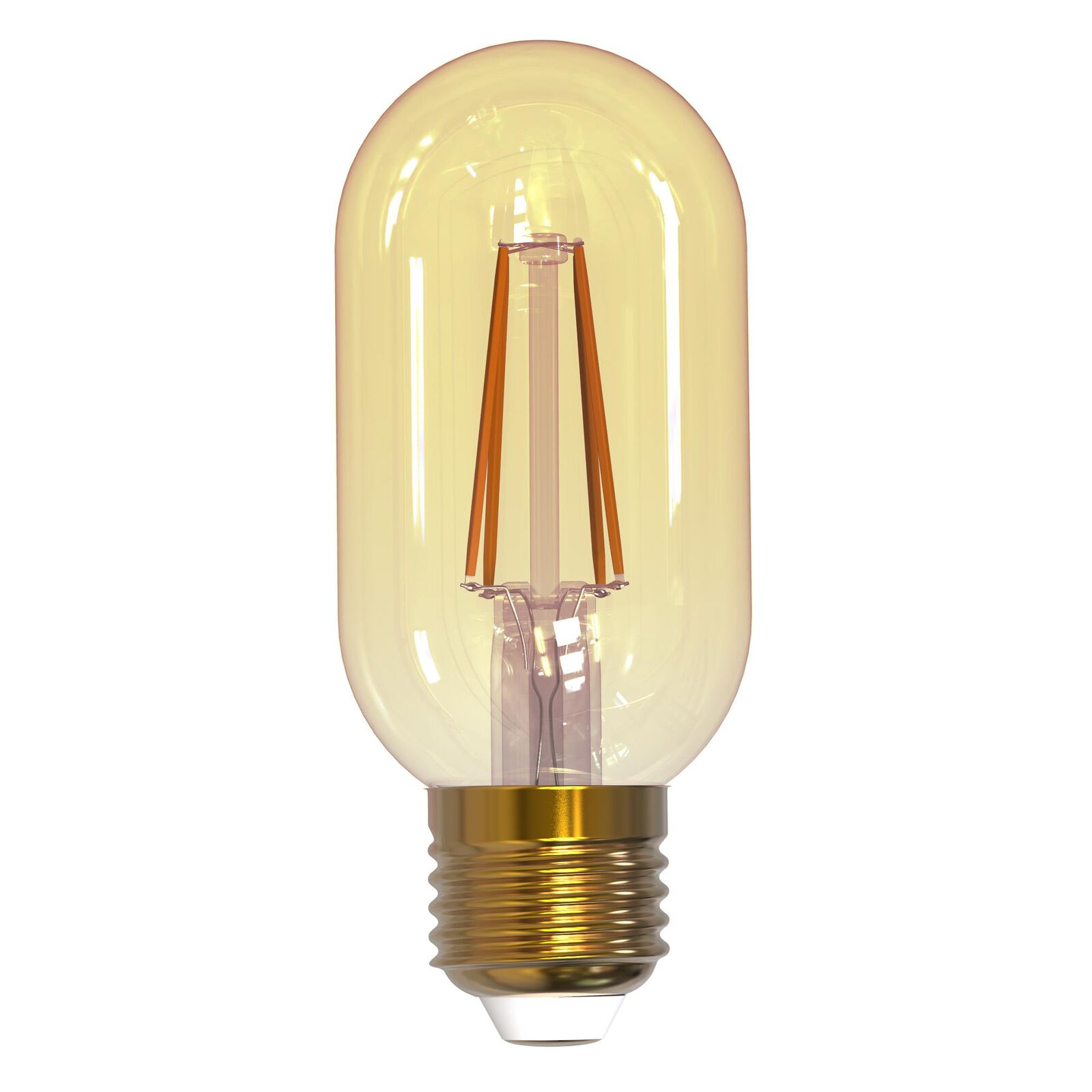
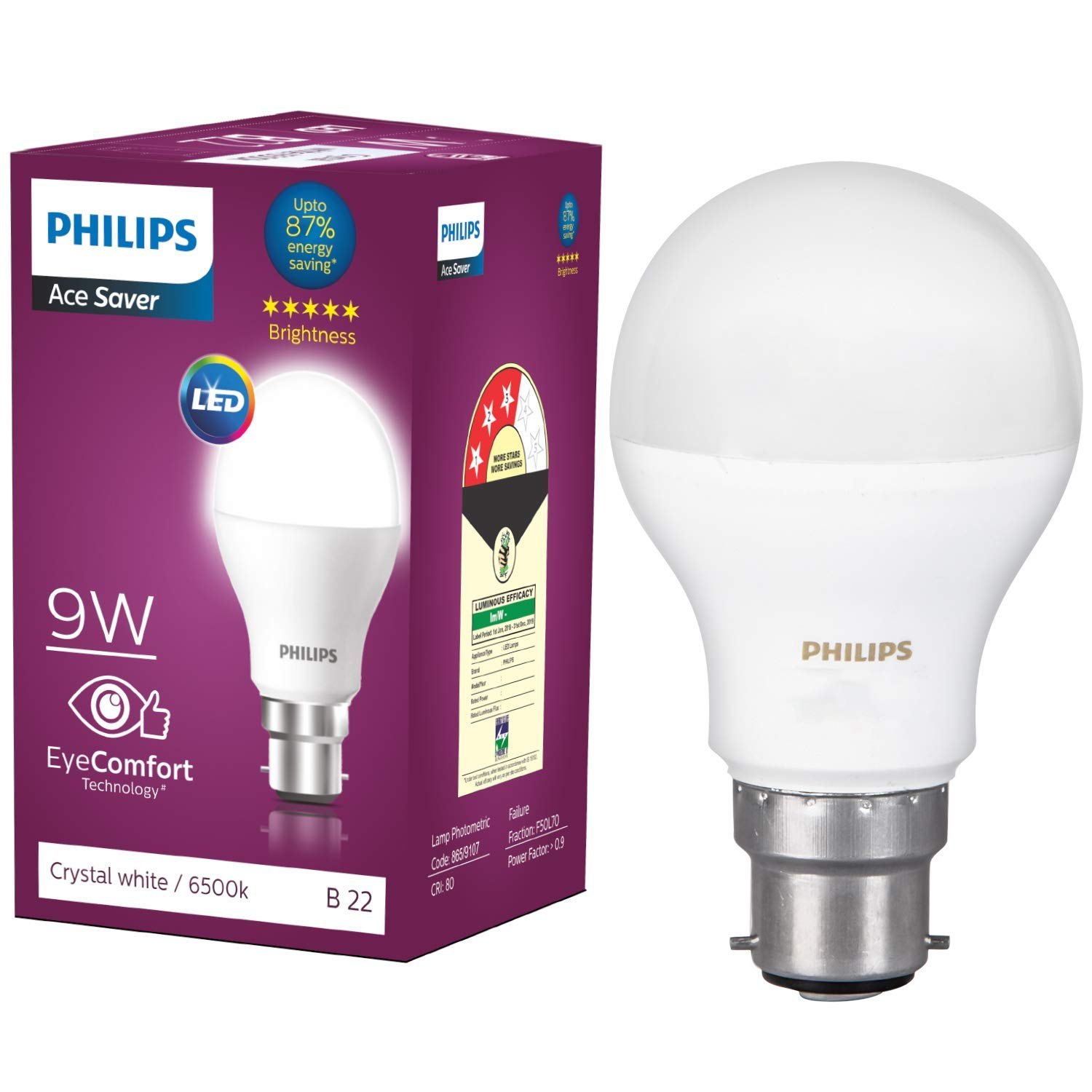
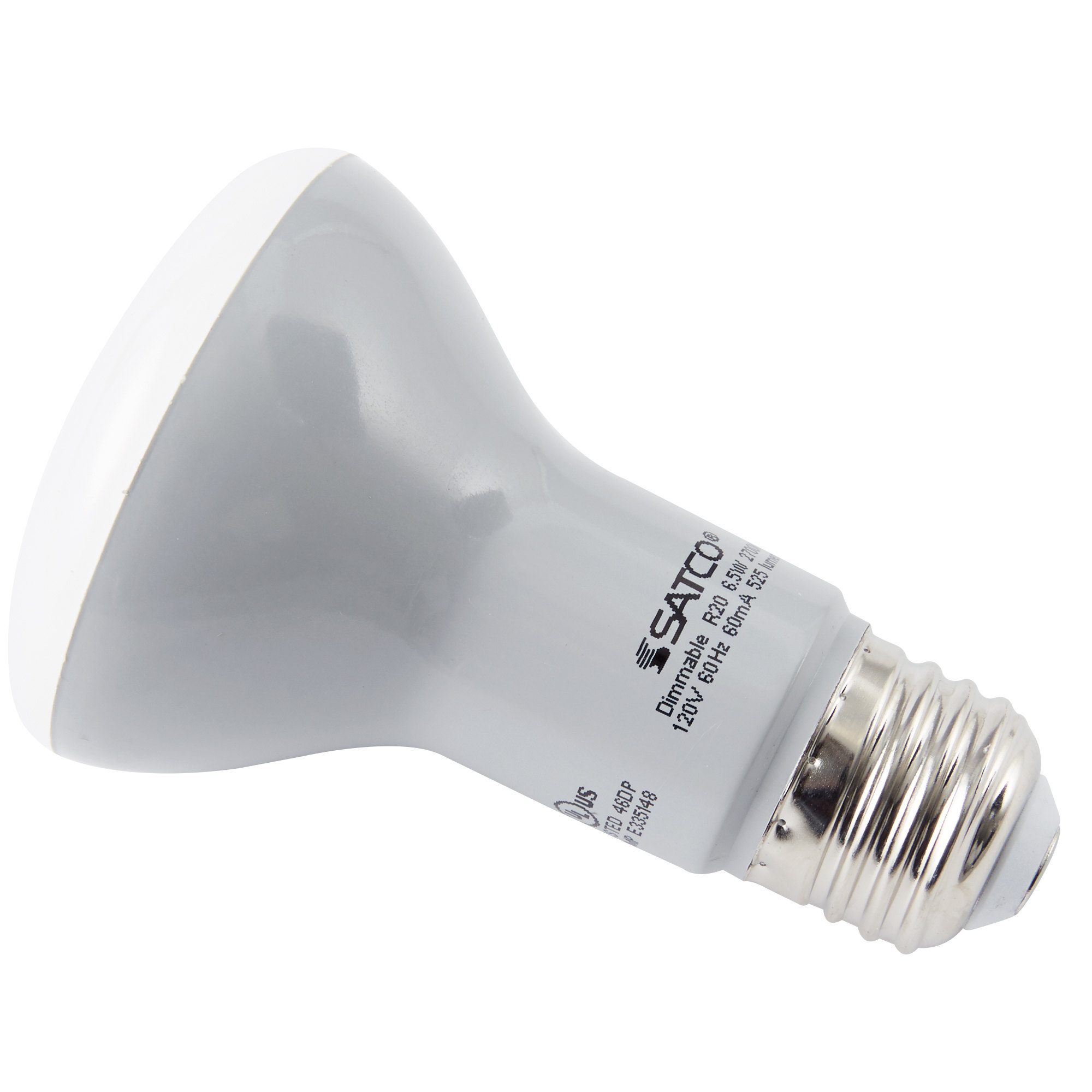
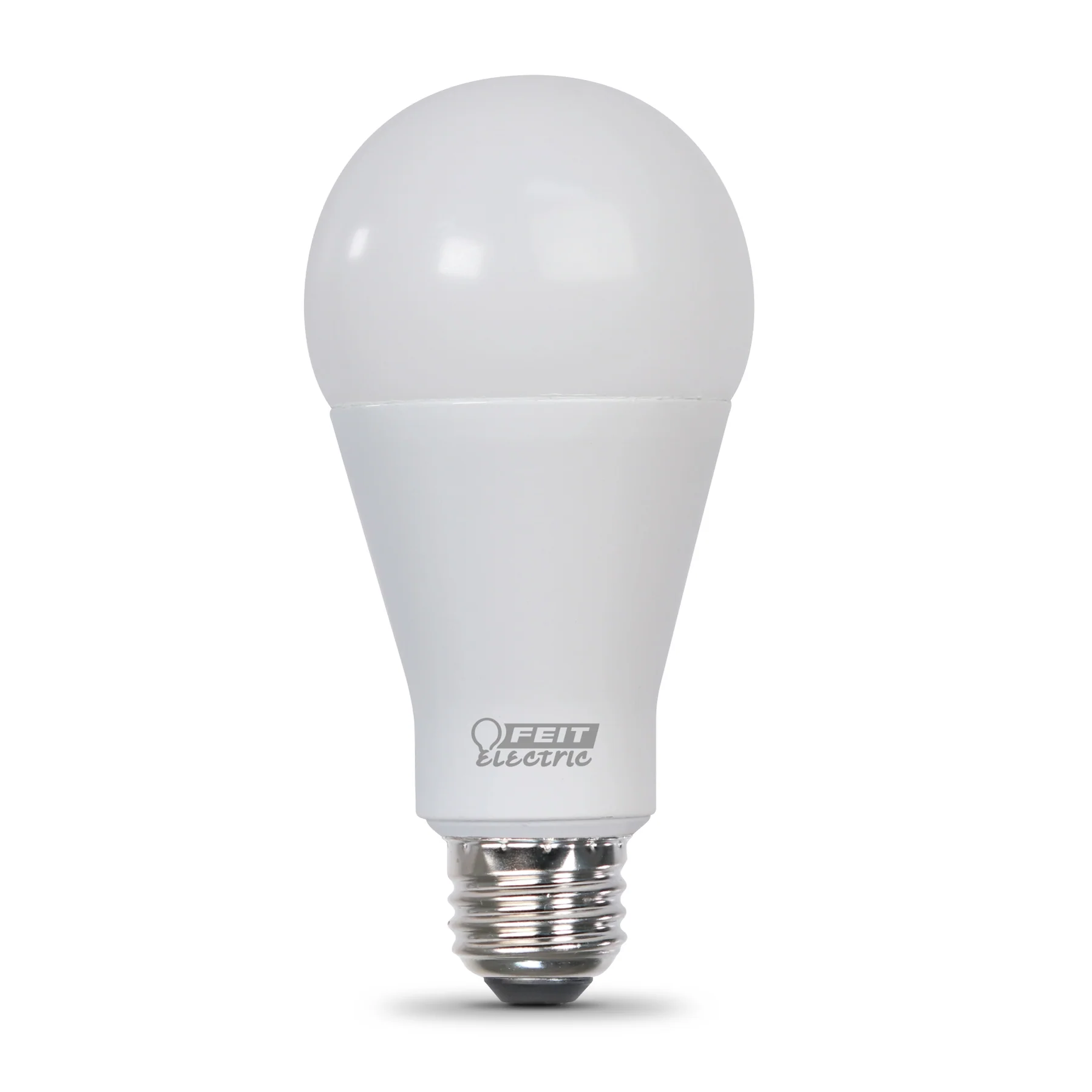
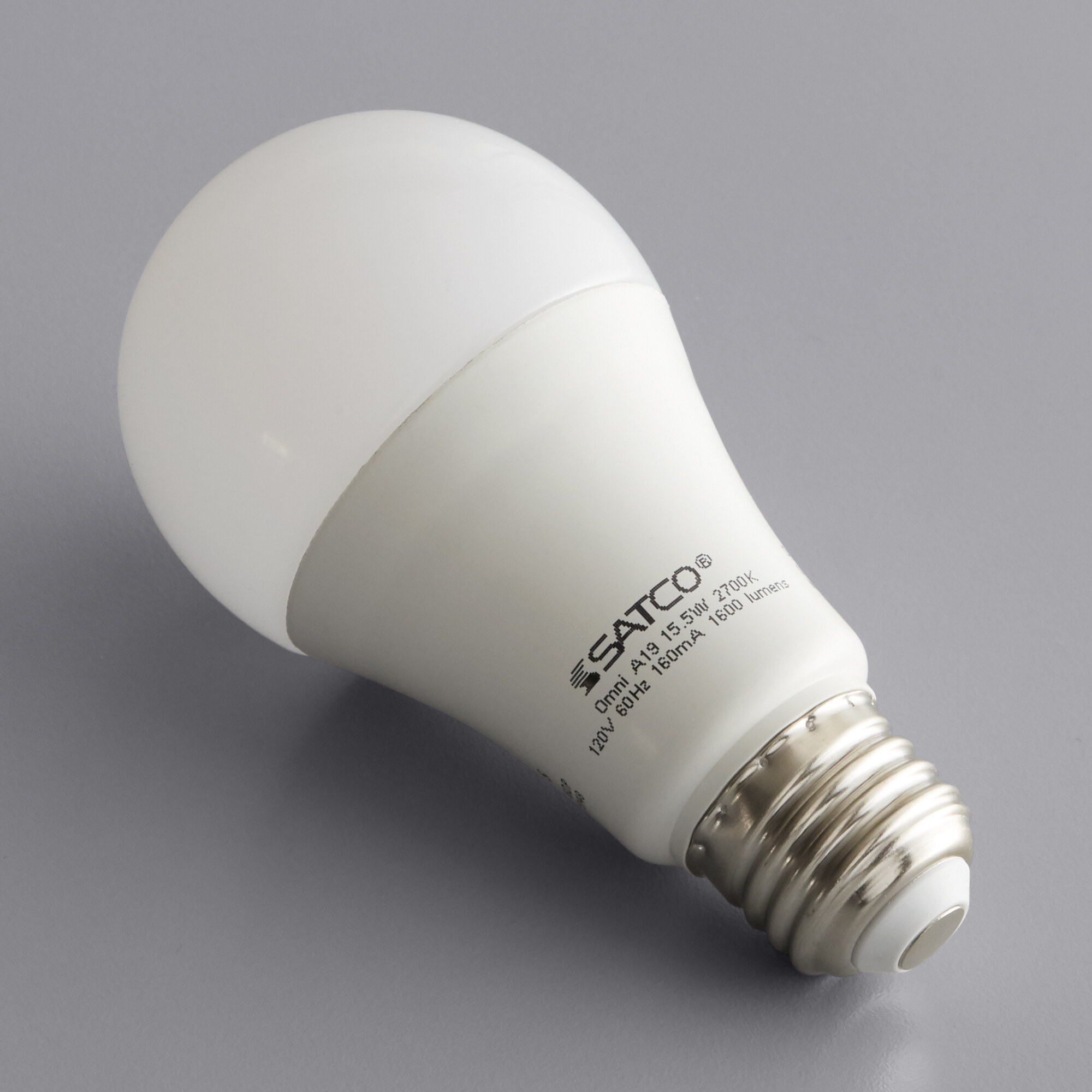
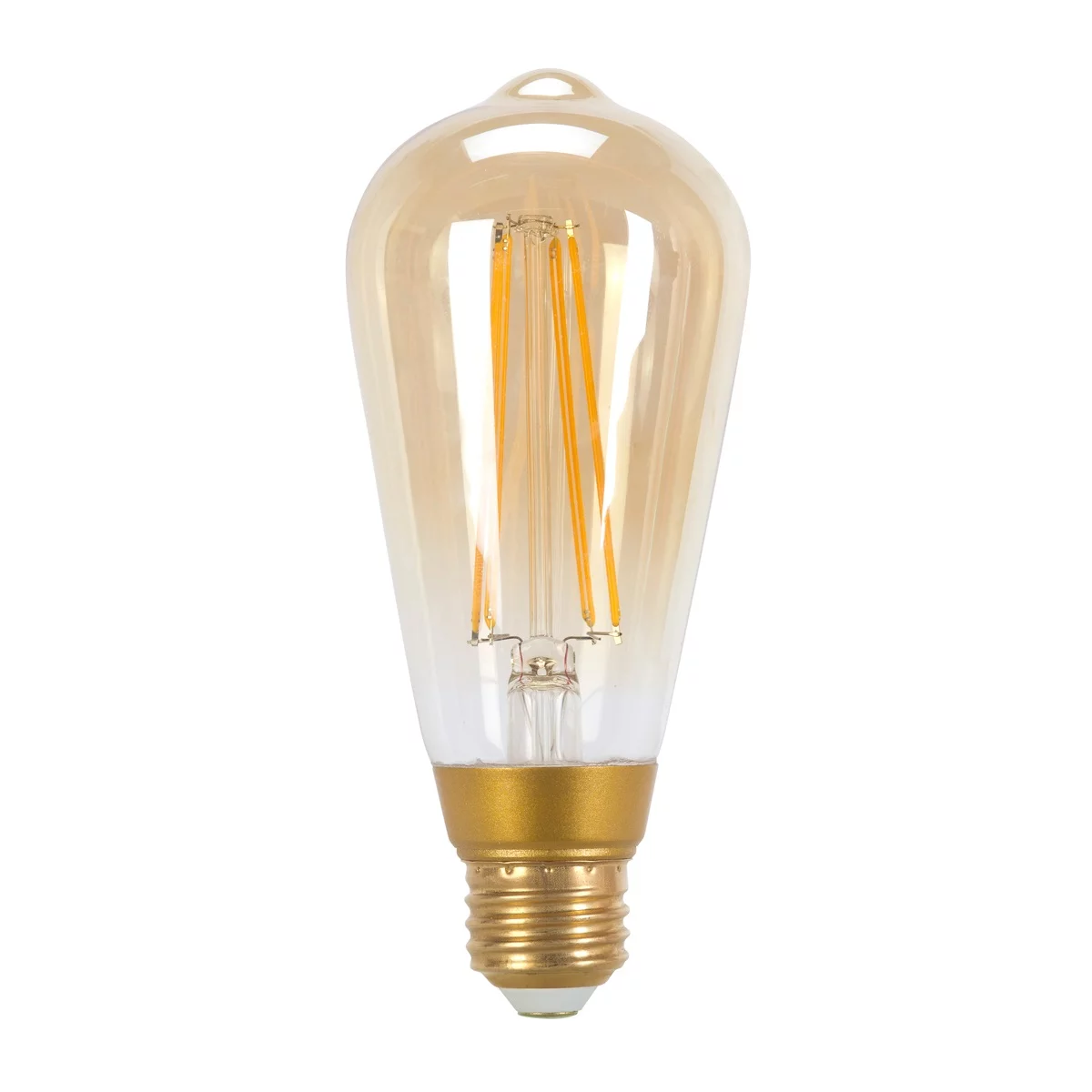
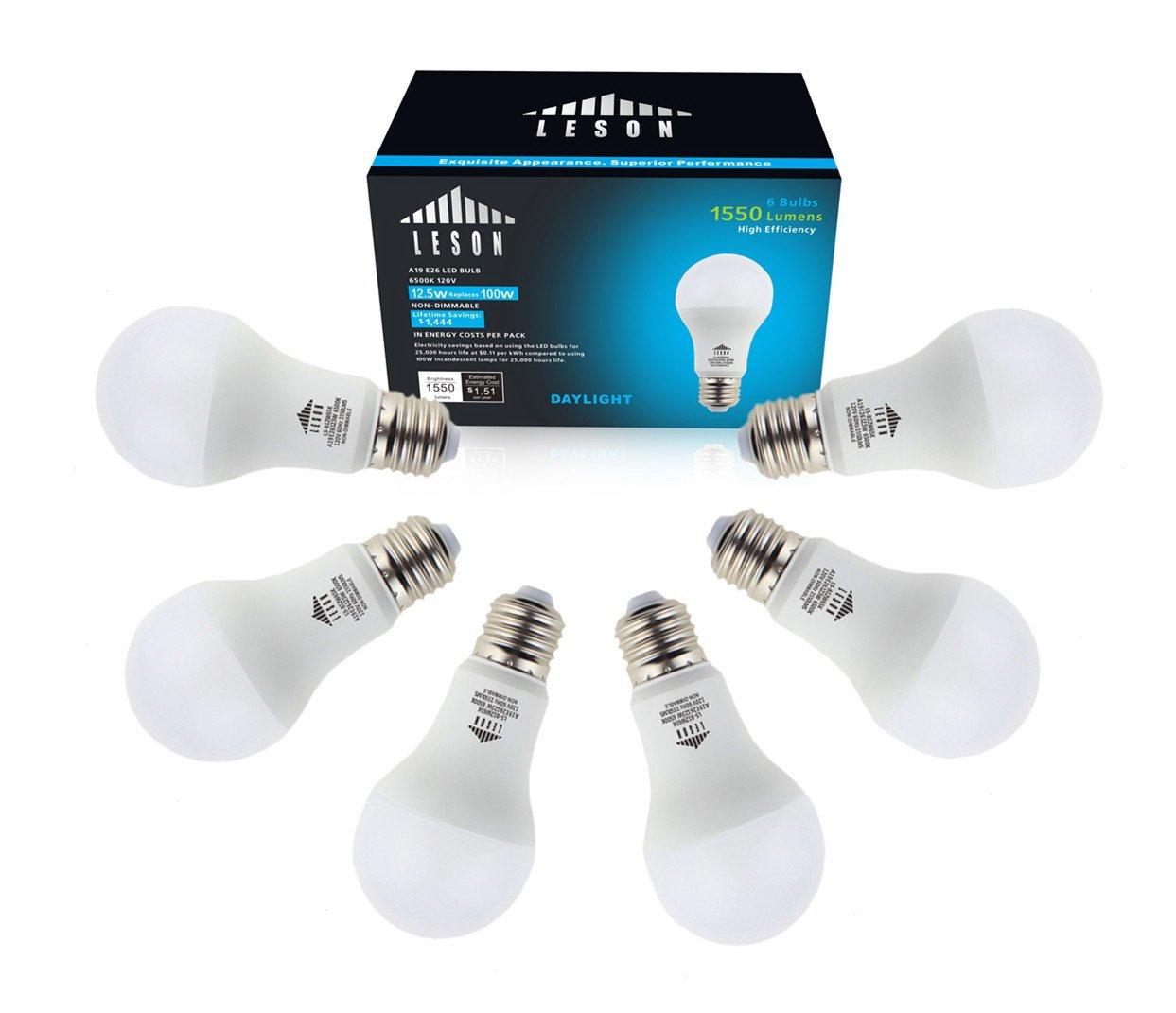
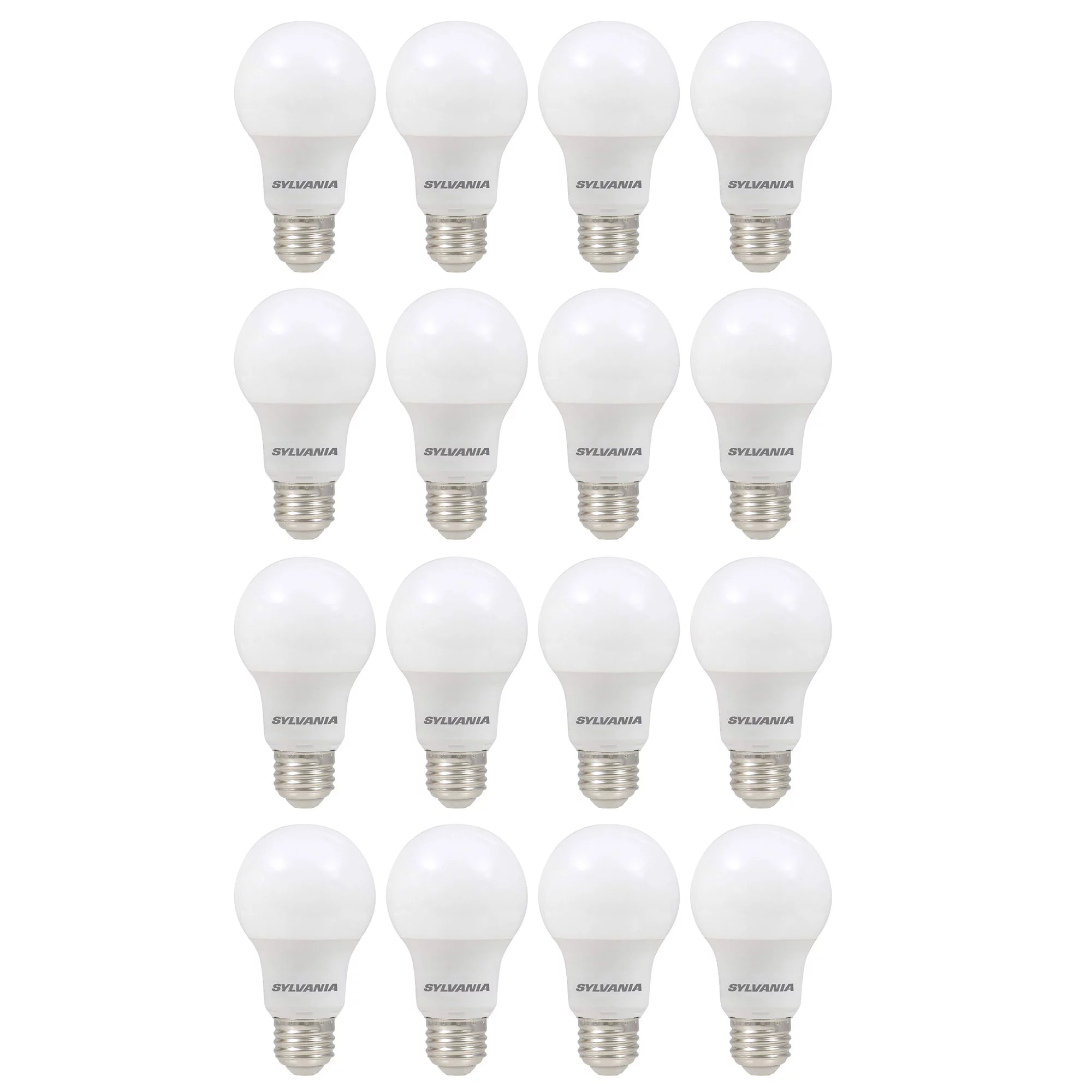
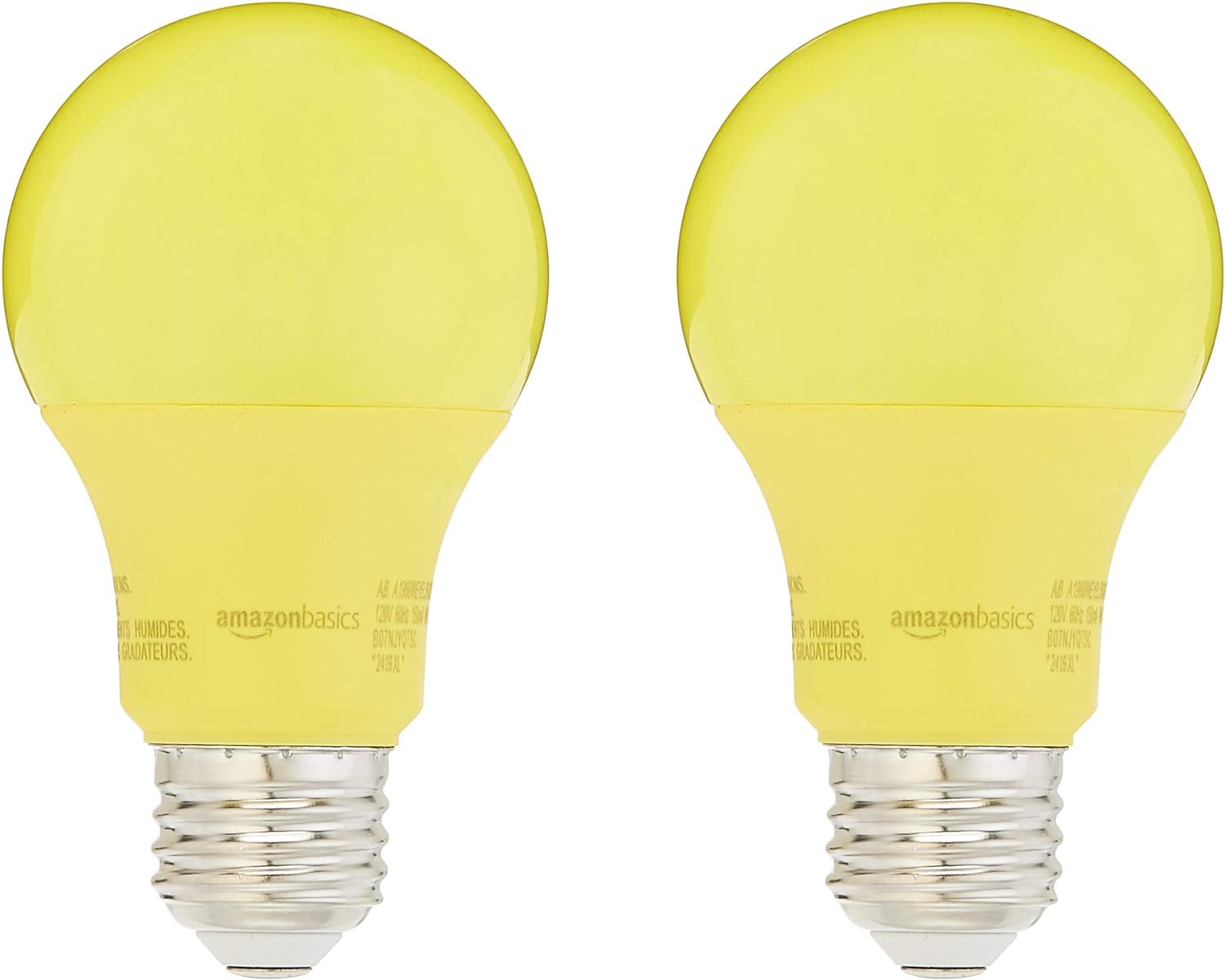
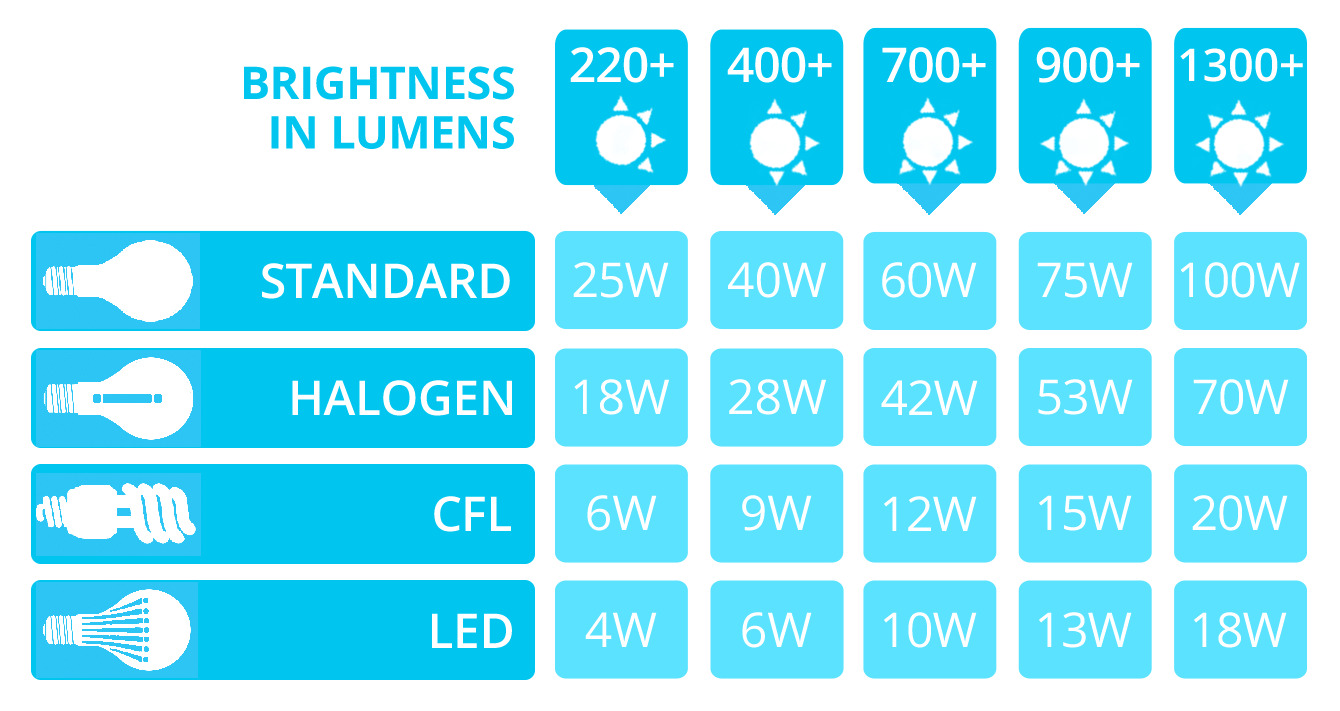
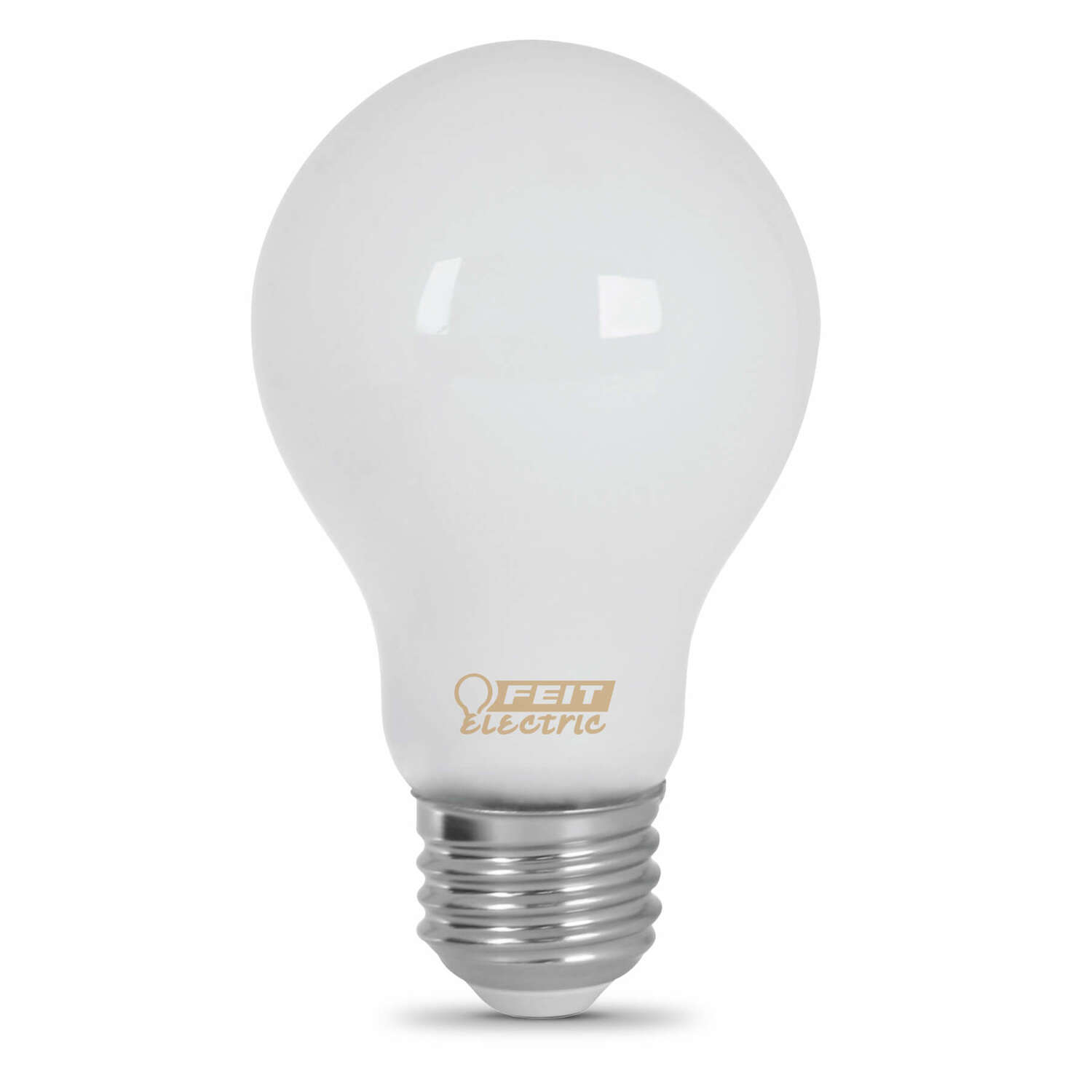
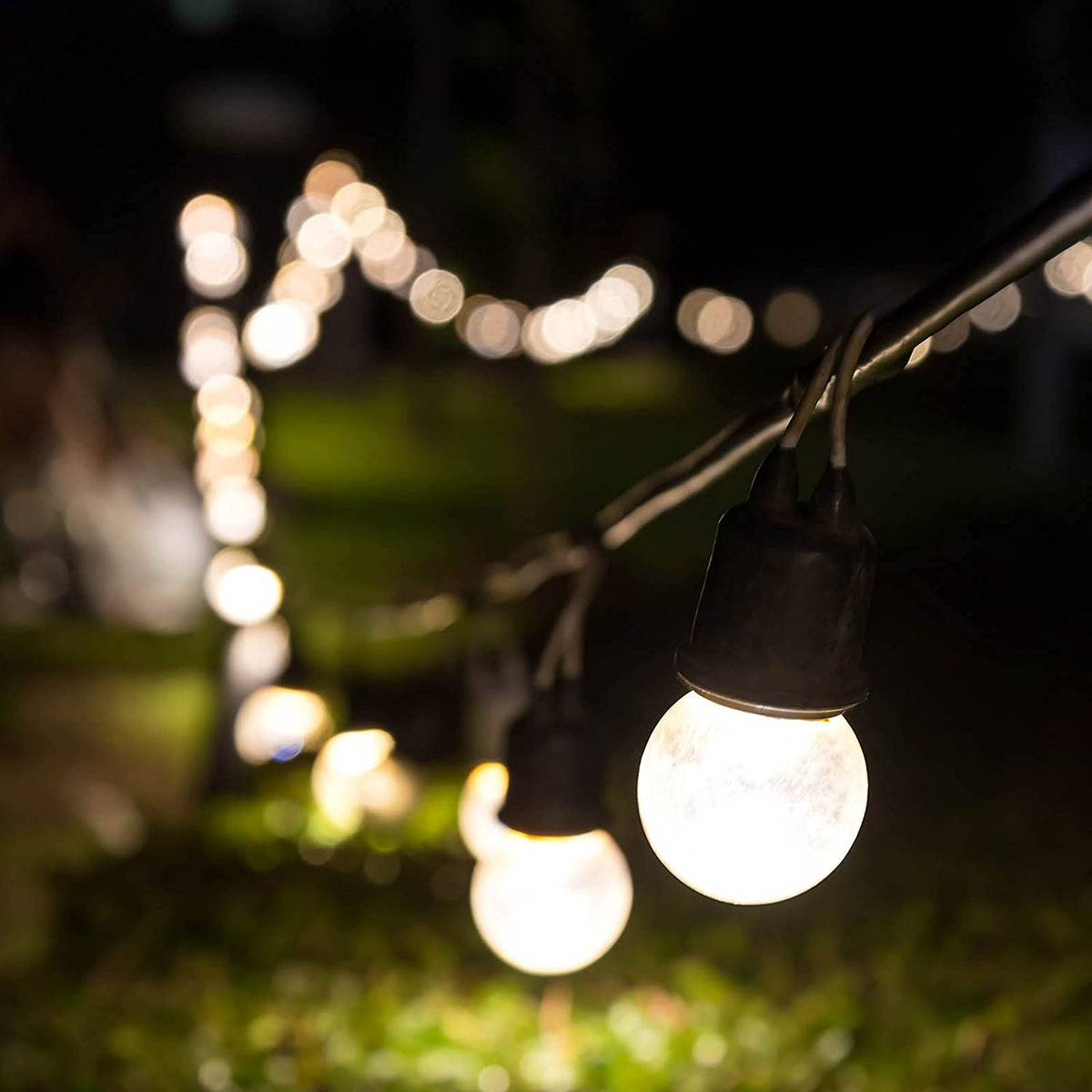
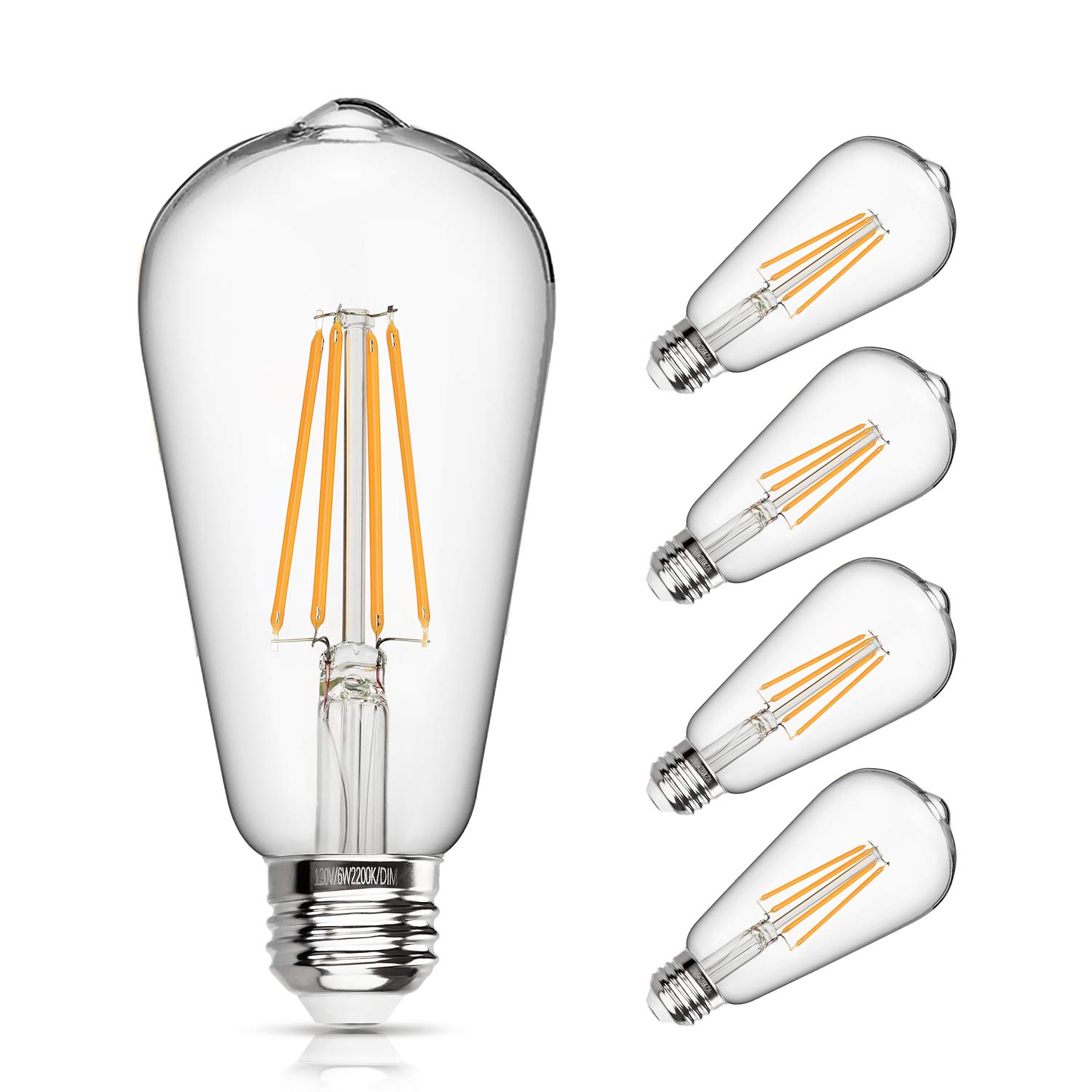
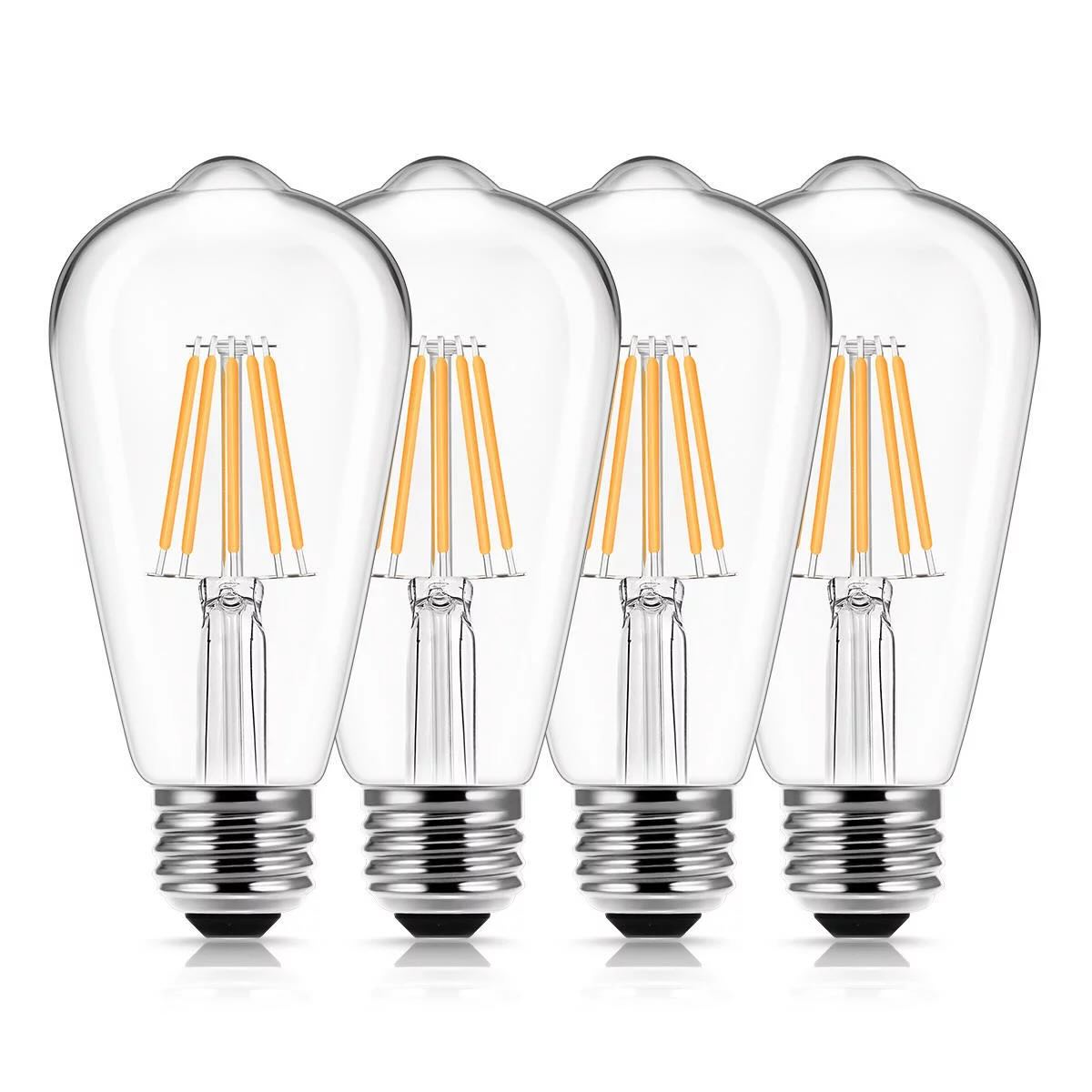

0 thoughts on “What LED Bulb Is Equivalent To 60 Watts”